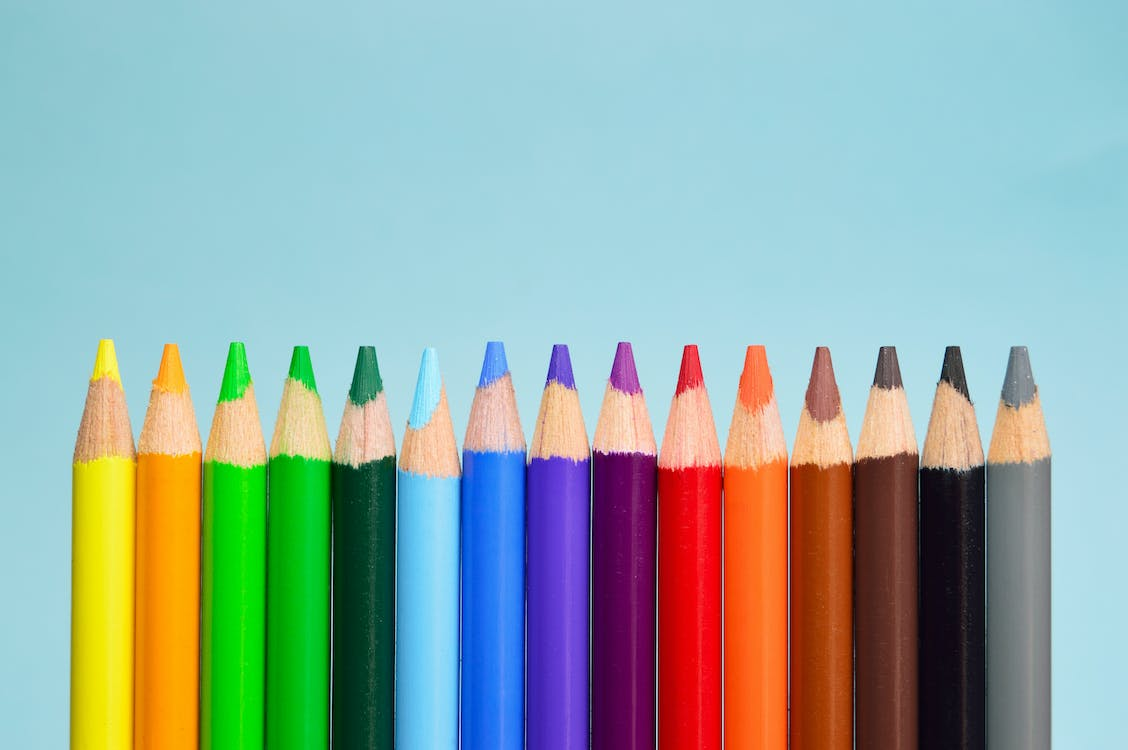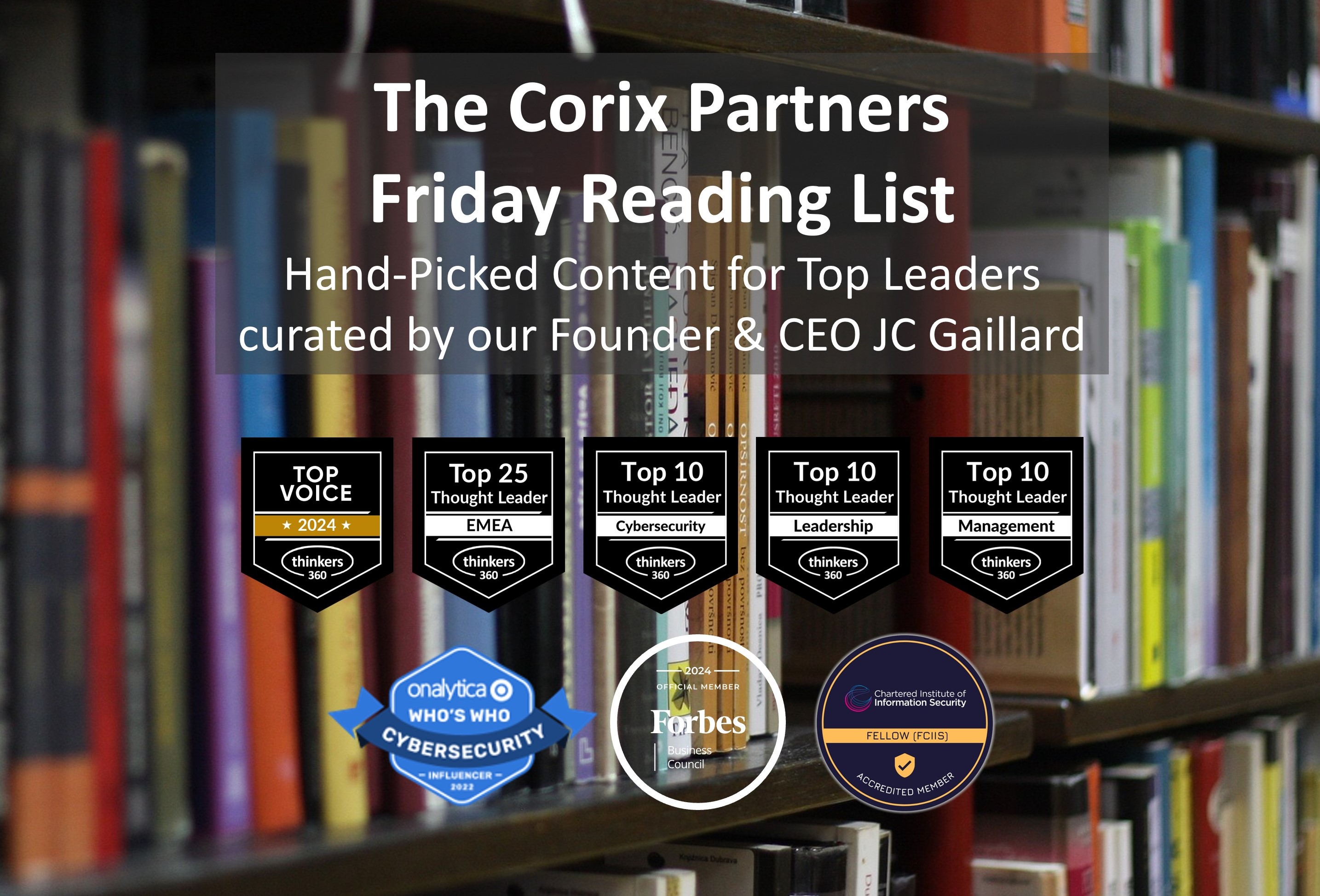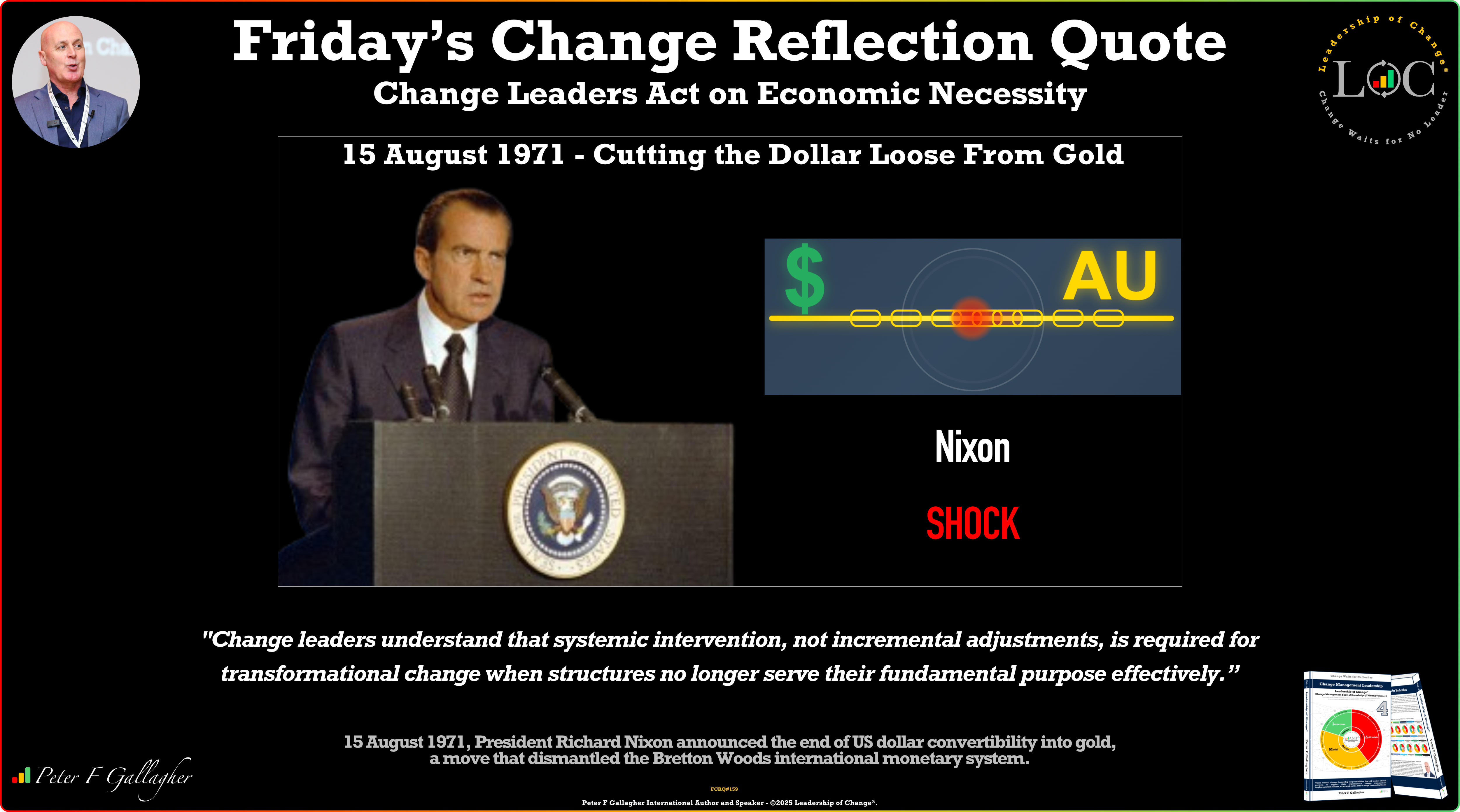Sep18

Meta Description - Learn color preferences across the different generations and how to use them to better connect with your audience.
Your brand color can make or break your marketing campaigns. Yes, your customers make buying decisions based on your brand's color(s). This is not a conscious decision but is based on a simple concept called color psychology.
Different colors create different emotions, perceptions, and behaviors from individuals. For example, blue instills trust and reliability and is often viewed as a calm and analytical color. Red, on the other hand, elicits feelings of excitement, passion and energy.
The right color choice will create the right emotions before they read or hear the ad’s content, regardless of whether it’s a physical or digital product.
What’s more, recent studies have found that different generations react very differently to various color choices. It’s vital to use the right colors for the right audience.
Whether you are targeting Baby Boomers, Millennials, or Gen Zs, this article explores the subtle nuances of color so that you can connect with your target audience on a much deeper level.
Baby Boomers, also known as "Boomers," were born between 1946 and 1964. This generation of consumers prefers more traditional colors when making their purchasing decisions.
According to NASDAQ, Baby Boomers own almost 50% of the United States' wealth, a market that most businesses — perhaps yours included — cannot afford to ignore.
Baby boomers have an eye for muted and calm earthy tones like:
So, why do psychologists think Baby Boomers prefer these muted neutral colors?
Because they are traditionally associated with comfort, stability, and reliability, all of which are values that Baby Boomers hold near and dear to their hearts.
Incorporating these colors in your marketing materials will create a sense of familiarity and comfort, increasing the likelihood of your messaging tapping into their emotions and inner psyche.
Fashion influencers and brands leverage this with the “old money” trend. The internet is currently littered with outfit inspirations, all in neutral and earthy tones that give off a vibe that resonates with the Boomers.
The Generation X age set falls between 1965 and 1980; statistically, they own around 30% of American wealth, which means they have significant purchasing power.
This generation is closely related to the Boomers, but we see some additions of brighter nature-centric hues, like
Generally, opt for brighter versions of natural colors when designing your marketing materials, as they appeal to this generation of consumers.
These vibrant colors capture Gen Xers' attention as they create an atmosphere of excitement and energy. You will notice a significant increase in the engagement you will receive from this generation.
Millennials are a more recent age set; their birth dates fall between 1981 and 1996, and they own around 8.5% of the US wealth. This may seem little until you realize it’s about $13.3 trillion.
For this generation, we see a more drastic change in the color preferences. Millennials have proven to have an eye for bright and energetic colors, colors that portray a sense of positivity. The generation even has an unofficial trademark color, “The Millenial Pink.”
But while they enjoy bright colors like
They tend to use them as highlights and have cooler colors as the base color. Such base colors include:
When tailoring your marketing strategies for this generation, use energetic and bright colors.
Take, for instance, Apple and Nike, whose target consumer base is mainly millennials. You will notice that Apple and Nike's products have various color options that satisfy Millennial preferences.
Generation Z comprises people whose birth dates fall between 1997 and 2012. These consumers seem objectively young and currently have the lowest purchasing power, so why should your business target them?
Forbes projecs that Gen-Z'ers income is expected to hit $33 trillion by 2030, which would represent around 27% of the world's income.
This is a significant reason why most businesses base their marketing strategies on this generation: they truly are the future.
We see a significant shift in the color choices for GenZ’ers, with all the bright, vibrant, and contrasting colors coming into play, giving off the feeling of joy and excitement.
Today’s generational marketing tends to merge Gen Z’ers and millennials because of their similar love for brighter hues like
Each generation has specific color preferences, from Baby Boomers to Gen Z. Customizing your marketing materials with the right colors is essential for connecting with your audience. It influences emotions and decisions.
So, always consider the appropriate colors for your target audience - whether in packaging, websites, social media posts, or products - if you really want to enhance your marketing strategy effectively.
Keywords: Design, Marketing, Personal Branding
 Optimizing Text Classification: A Deep Dive into Fine-Tuning BERT with Flax and JAX on TPUs
Optimizing Text Classification: A Deep Dive into Fine-Tuning BERT with Flax and JAX on TPUs How Behind-the-Scenes Data Teams Are the Real Rainmakers in Business Growth
How Behind-the-Scenes Data Teams Are the Real Rainmakers in Business Growth The Corix Partners Friday Reading List - August 15, 2025
The Corix Partners Friday Reading List - August 15, 2025 Technology, Data, and AI: The Triple Engine Driving Supply Chain Decarbonisation and Waste Reduction
Technology, Data, and AI: The Triple Engine Driving Supply Chain Decarbonisation and Waste Reduction Friday’s Change Reflection Quote - Leadership of Change - Change Leaders Act on Economic Necessity
Friday’s Change Reflection Quote - Leadership of Change - Change Leaders Act on Economic Necessity